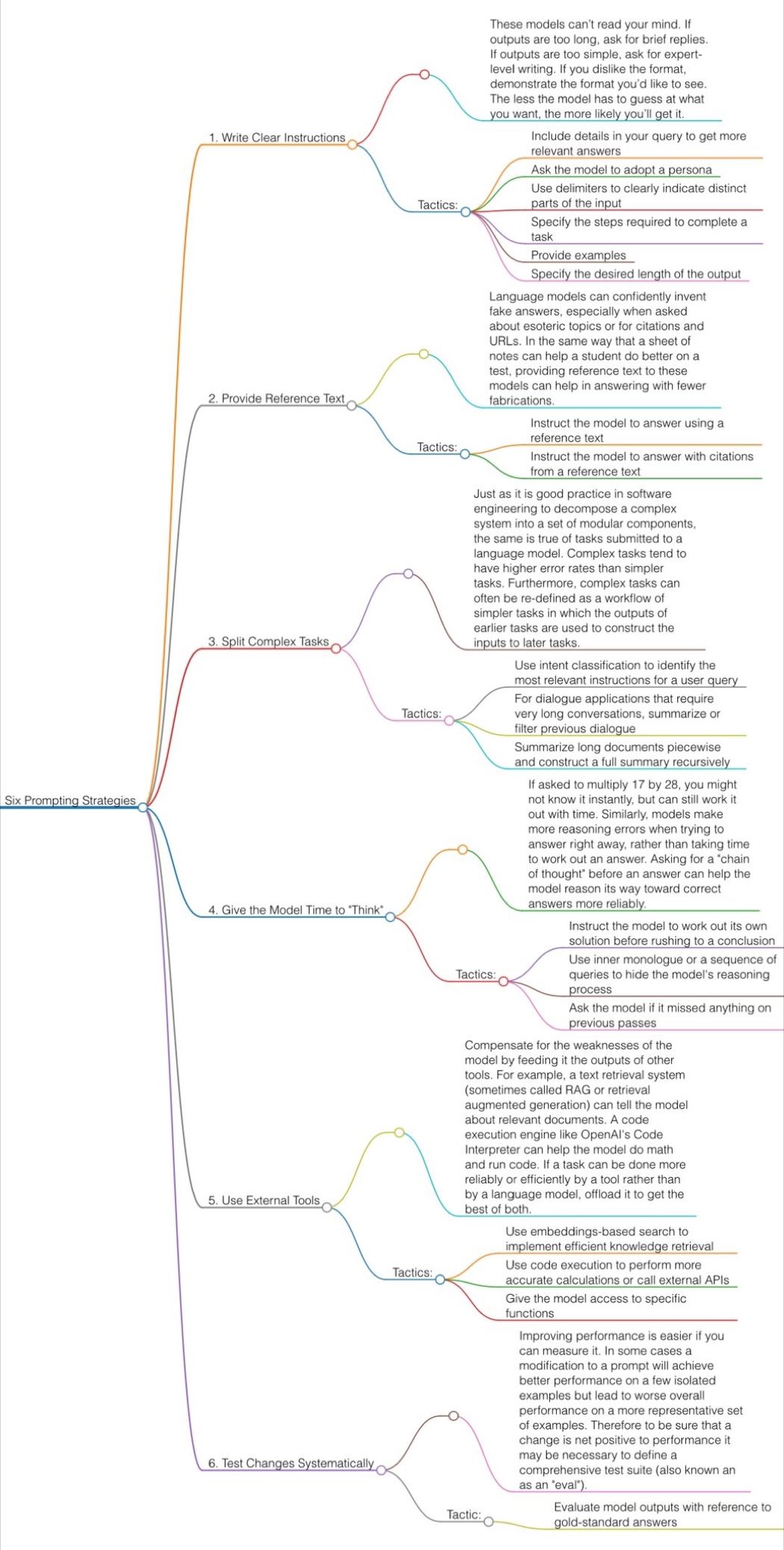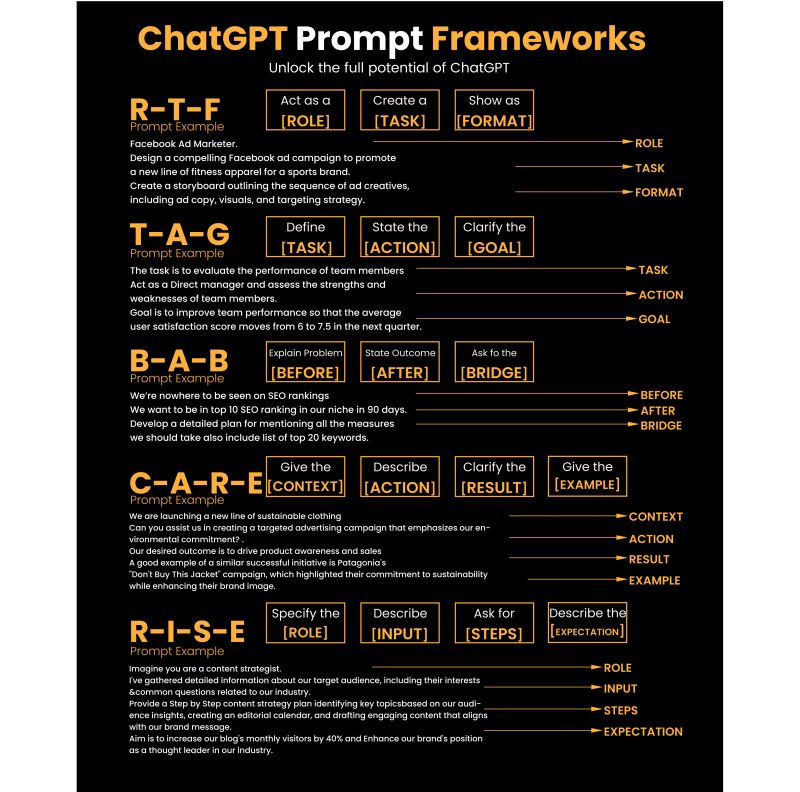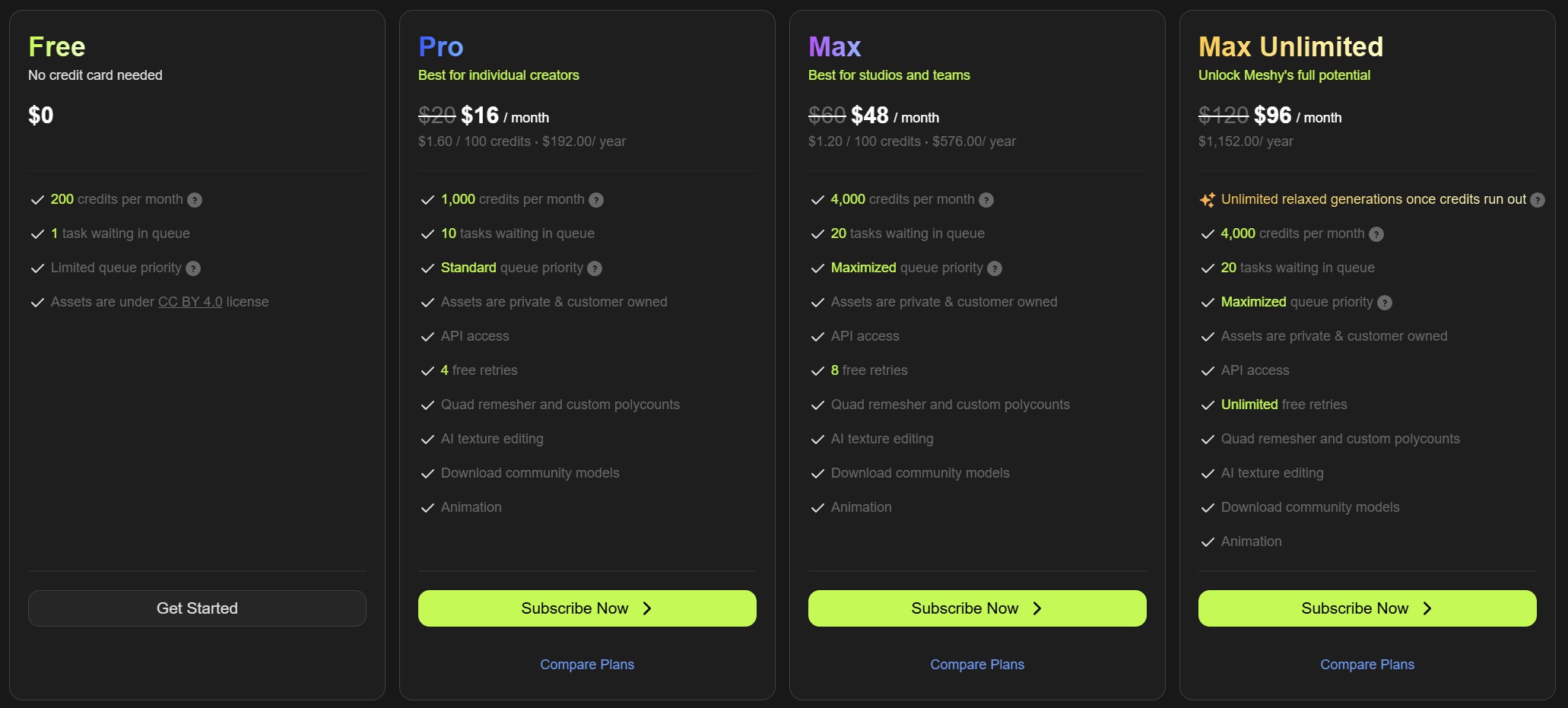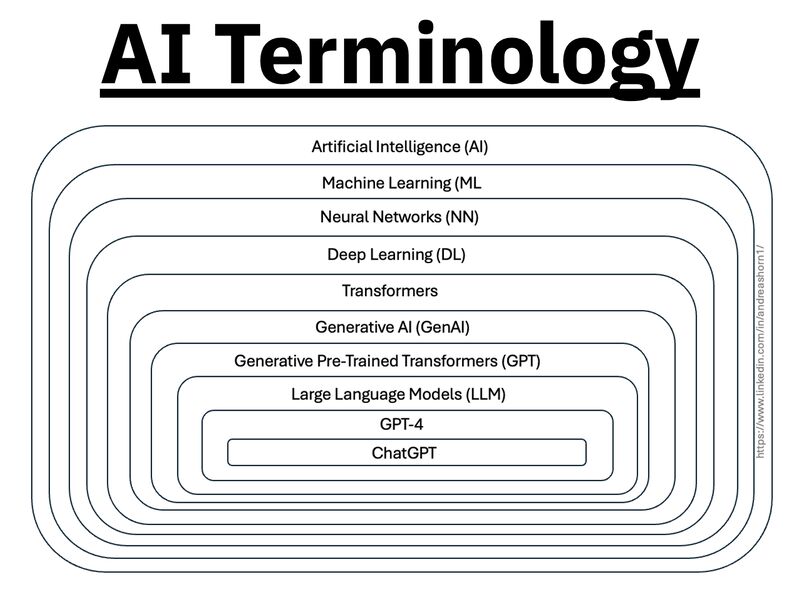Featured AI
-
Google – Artificial Intelligence free courses
Read more: Google – Artificial Intelligence free courses1. Introduction to Large Language Models: Learn about the use cases and how to enhance the performance of large language models.
https://www.cloudskillsboost.google/course_templates/5392. Introduction to Generative AI: Discover the differences between Generative AI and traditional machine learning methods.
https://www.cloudskillsboost.google/course_templates/5363. Generative AI Fundamentals: Earn a skill badge by demonstrating your understanding of foundational concepts in Generative AI.
https://www.cloudskillsboost.google/paths4. Introduction to Responsible AI: Learn about the importance of Responsible AI and how Google implements it in its products.
https://www.cloudskillsboost.google/course_templates/5545. Encoder-Decoder Architecture: Learn about the encoder-decoder architecture, a critical component of machine learning for sequence-to-sequence tasks.
https://www.cloudskillsboost.google/course_templates/5436. Introduction to Image Generation: Discover diffusion models, a promising family of machine learning models in the image generation space.
https://www.cloudskillsboost.google/course_templates/5417. Transformer Models and BERT Model: Get a comprehensive introduction to the Transformer architecture and the Bidirectional Encoder Representations from the Transformers (BERT) model.
https://www.cloudskillsboost.google/course_templates/5388. Attention Mechanism: Learn about the attention mechanism, which allows neural networks to focus on specific parts of an input sequence.
https://www.cloudskillsboost.google/course_templates/537 -
-
Guide to Prompt Engineering
Read more: Guide to Prompt EngineeringQuick prompting scheme:
1- pass an image to JoyCaption
https://www.pixelsham.com/2024/12/23/joy-caption-alpha-two-free-automatic-caption-of-images/
2- tune the caption with ChatGPT as suggested by Pixaroma:
Craft detailed prompts for Al (image/video) generation, avoiding quotation marks. When I provide a description or image, translate it into a prompt that captures a cinematic, movie-like quality, focusing on elements like scene, style, mood, lighting, and specific visual details. Ensure that the prompt evokes a rich, immersive atmosphere, emphasizing textures, depth, and realism. Always incorporate (static/slow) camera or cinematic movement to enhance the feeling of fluidity and visual storytelling. Keep the wording precise yet descriptive, directly usable, and designed to achieve a high-quality, film-inspired result.
https://www.reddit.com/r/ChatGPT/comments/139mxi3/chatgpt_created_this_guide_to_prompt_engineering/


1. Use the 80/20 principle to learn faster
Prompt: “I want to learn about [insert topic]. Identify and share the most important 20% of learnings from this topic that will help me understand 80% of it.”
2. Learn and develop any new skill
Prompt: “I want to learn/get better at [insert desired skill]. I am a complete beginner. Create a 30-day learning plan that will help a beginner like me learn and improve this skill.”
3. Summarize long documents and articles
Prompt: “Summarize the text below and give me a list of bullet points with key insights and the most important facts.” [Insert text]
4. Train ChatGPT to generate prompts for you
Prompt: “You are an AI designed to help [insert profession]. Generate a list of the 10 best prompts for yourself. The prompts should be about [insert topic].”
5. Master any new skill
Prompt: “I have 3 free days a week and 2 months. Design a crash study plan to master [insert desired skill].”
6. Simplify complex information
Prompt: “Break down [insert topic] into smaller, easier-to-understand parts. Use analogies and real-life examples to simplify the concept and make it more relatable.”
More suggestions under the post…
(more…) -
AI Data Laundering: How Academic and Nonprofit Researchers Shield Tech Companies from Accountability
Read more: AI Data Laundering: How Academic and Nonprofit Researchers Shield Tech Companies from Accountability“Simon Willison created a Datasette browser to explore WebVid-10M, one of the two datasets used to train the video generation model, and quickly learned that all 10.7 million video clips were scraped from Shutterstock, watermarks and all.”
“In addition to the Shutterstock clips, Meta also used 10 million video clips from this 100M video dataset from Microsoft Research Asia. It’s not mentioned on their GitHub, but if you dig into the paper, you learn that every clip came from over 3 million YouTube videos.”
“It’s become standard practice for technology companies working with AI to commercially use datasets and models collected and trained by non-commercial research entities like universities or non-profits.”
“Like with the artists, photographers, and other creators found in the 2.3 billion images that trained Stable Diffusion, I can’t help but wonder how the creators of those 3 million YouTube videos feel about Meta using their work to train their new model.”
COLLECTIONS
| Featured AI
| Design And Composition
| Explore posts
POPULAR SEARCHES
unreal | pipeline | virtual production | free | learn | photoshop | 360 | macro | google | nvidia | resolution | open source | hdri | real-time | photography basics | nuke
FEATURED POSTS
-
Image rendering bit depth
-
Guide to Prompt Engineering
-
QR code logos
-
Scene Referred vs Display Referred color workflows
-
Yann Lecun: Meta AI, Open Source, Limits of LLMs, AGI & the Future of AI | Lex Fridman Podcast #416
-
Jesse Zumstein – Jobs in games
-
Cinematographers Blueprint 300dpi poster
-
Black Body color aka the Planckian Locus curve for white point eye perception
Social Links
DISCLAIMER – Links and images on this website may be protected by the respective owners’ copyright. All data submitted by users through this site shall be treated as freely available to share.







